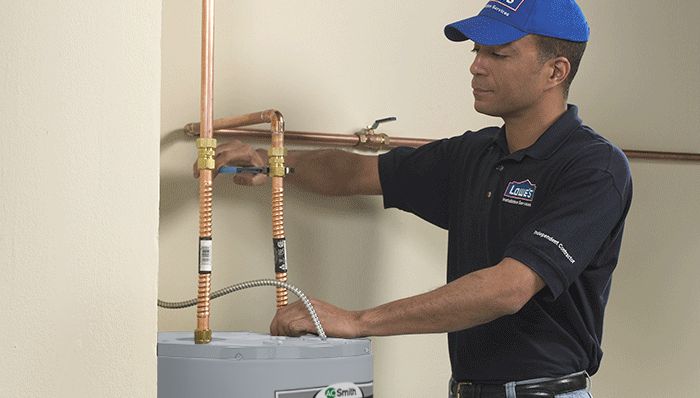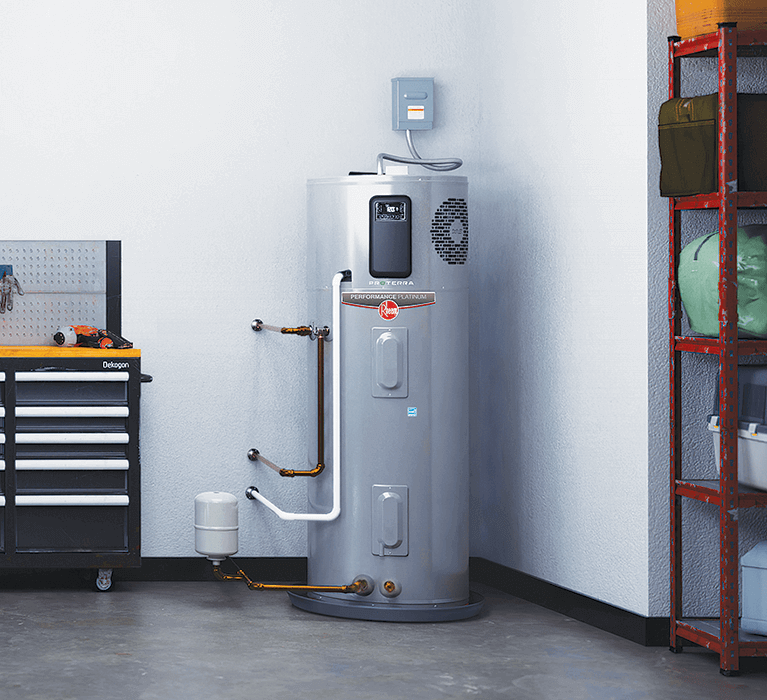Key Care Techniques for Your Home's Hot Water System
Key Care Techniques for Your Home's Hot Water System
Blog Article
We've stumbled on this post involving How to Maintain a Hot Water Heater in a Few Simple Steps listed below on the net and think it made perfect sense to relate it with you on this page.

Hot water is important for day-to-day convenience, whether it's for a refreshing shower or cleaning meals. To ensure your warm water system runs effectively and lasts longer, normal maintenance is key. This write-up supplies practical tips and understandings on exactly how to maintain your home's warm water system to avoid disturbances and expensive repair services.
Introduction
Keeping your home's hot water system could seem challenging, yet with a few straightforward steps, you can guarantee it operates efficiently for many years to come. This overview covers everything from comprehending your hot water system to do it yourself maintenance ideas and knowing when to employ professional aid.
Importance of Keeping Your Hot Water System
Routine maintenance not just extends the life expectancy of your warm water system but additionally ensures it runs efficiently. Ignoring upkeep can result in lowered efficiency, greater power bills, and also premature failure of the system.
Indicators Your Hot Water System Requirements Upkeep
Knowing when your warm water system requires interest can stop major problems. Keep an eye out for signs such as inconsistent water temperature level, strange noises from the heating system, or rusty water.
Flushing the Hot Water Heater
Flushing your water heater gets rid of debris buildup, enhancing performance and prolonging its life.
Checking and Changing Anode Rods
Anode poles prevent rust inside the container. Inspecting and replacing them when worn is vital.
Complex Issues Requiring Expert Assistance
Instances consist of major leaks, electrical issues, or if your water heater is constantly underperforming.
Regular Professional Maintenance Advantages
Expert upkeep can consist of thorough inspections, tune-ups, and guaranteeing compliance with security criteria.
Evaluating and Adjusting Temperature Settings
Adjusting the temperature settings makes sure ideal efficiency and safety and security.
Do It Yourself Tips for Upkeep
You can execute numerous upkeep jobs on your own to keep your hot water system in top condition.
Checking for Leaks
Routinely examine pipes and connections for leaks, as these can result in water damage and higher bills.
Recognizing Your Warm Water System
Prior to diving right into upkeep jobs, it's handy to recognize the standard parts of your warm water system. Normally, this consists of the hot water heater itself, pipes, anode rods, and temperature controls.
Monthly Maintenance Tasks
Regular month-to-month checks can aid capture small problems before they escalate.
Testing Pressure Relief Valves
Evaluating the pressure relief valve ensures it functions correctly and protects against too much stress accumulation.
Insulating Pipes
Shielding warm water pipes decreases heat loss and can conserve power.
When to Call an Expert
While DIY upkeep is valuable, some concerns require specialist know-how.
Final thought
Regular upkeep of your home's warm water system is vital for efficiency, long life, and expense savings. By following these pointers and understanding when to seek specialist assistance, you can guarantee a reliable supply of warm water without unforeseen disruptions.
Water Heater Maintenance: The Basics
Maintaining your water heater will ensure it operates efficiently and has a longer lifespan. Neglecting regular maintenance can lead to costly repairs and an even bigger chunk of your savings if you have to replace it sooner than necessary. But there’s good news: Most water heater maintenance tasks are relatively simple and easy for homeowners with basic DIY skills.
Flush the Water Heater
Over time, sediment and minerals can build up in the tank, reducing its efficiency and potentially causing damage. To flush the tank, turn off the power or gas supply, attach a hose to the drain valve near the bottom and open the valve to drain the water until it runs clear. Ideally, flush the tank annually.
Replace the Anode Rod
The anode rod is a sacrificial metal rod that helps prevent corrosion inside the tank. Inspect and replace it every three to five years or per the manufacturer's recommendation. To replace the anode rod, turn off the power or gas supply, drain a few gallons of water from the tank, unscrew the old rod and replace it with a new one. If the anode rod is significantly corroded or covered in calcium buildup, it's a sign the water heater may need to be replaced soon.
Tune-Up
A yearly tune-up can help identify potential issues and ensure your water heater operates at peak efficiency. This typically involves checking the thermostat, burner assembly (for gas heaters) and any other components specified by the manufacturer. During a tune-up, the technician may also clean the burner and adjust the pilot light (for gas heaters) or examine the heating elements (for electric heaters).
How to Maintain Your Water Heater
Insulate the tank. Insulating the tank can improve energy efficiency and reduce heat loss, saving you money on energy bills. You can purchase precut insulation blankets designed specifically for water heaters or use standard fiberglass insulation wrapped securely around the tank. Check the temperature. The recommended water temperature for most households is around 120 degrees Fahrenheit (49 degrees Celsius). Higher temperatures can increase energy costs and potentially cause scalding. Use a kitchen thermometer to check the temperature at the faucet nearest the water heater. Monitor water pressure. Excessive water pressure can strain the water heater and cause leaks or even tank failure. Install a pressure-reducing valve if necessary. The ideal water pressure range is between 60 and 70 PSI (pounds per square inch). Test the temperature and pressure (T&P) relief valve. The T&P relief valve is a safety feature that releases pressure if the tank gets too hot or the pressure builds up too high. Test it annually by lifting the lever and allowing a small amount of water to release. Replace the valve if it doesn't release water or reseal properly. Check for leaks. Regularly inspect the tank, pipes and fittings for leaks or corrosion. Deal with issues promptly to prevent further damage. Even a small leak can lead to significant water damage over time. Consider a tankless water heater. If your traditional tank-style water heater is nearing the end of its lifespan ( typically 10 years), consider replacing it with a tankless water heater. These units heat water on demand, reducing standby energy losses and potentially saving you money on your energy bills. Schedule professional maintenance. While homeowners can perform many water heater maintenance tasks, it's still a good idea to schedule professional maintenance every few years. A plumber or HVAC technician can thoroughly inspect the unit, identify potential issues and ensure it operates safely and efficiently. https://www.homeserve.com/en-us/blog/home-improvement/hot-water-heater-maintanence/

We had been shown that write-up about How to Maintain a Hot Water Heater in a Few Simple Steps from a pal on another domain. Make sure you set aside a second to distribute this blog if you liked it. Thanks a bunch for being here. Return soon.
Call Today Report this page